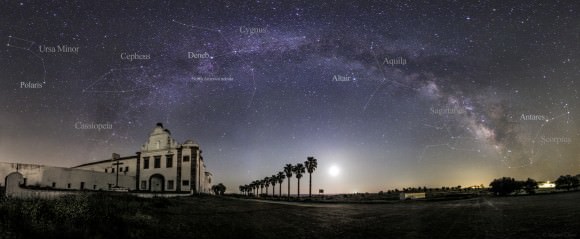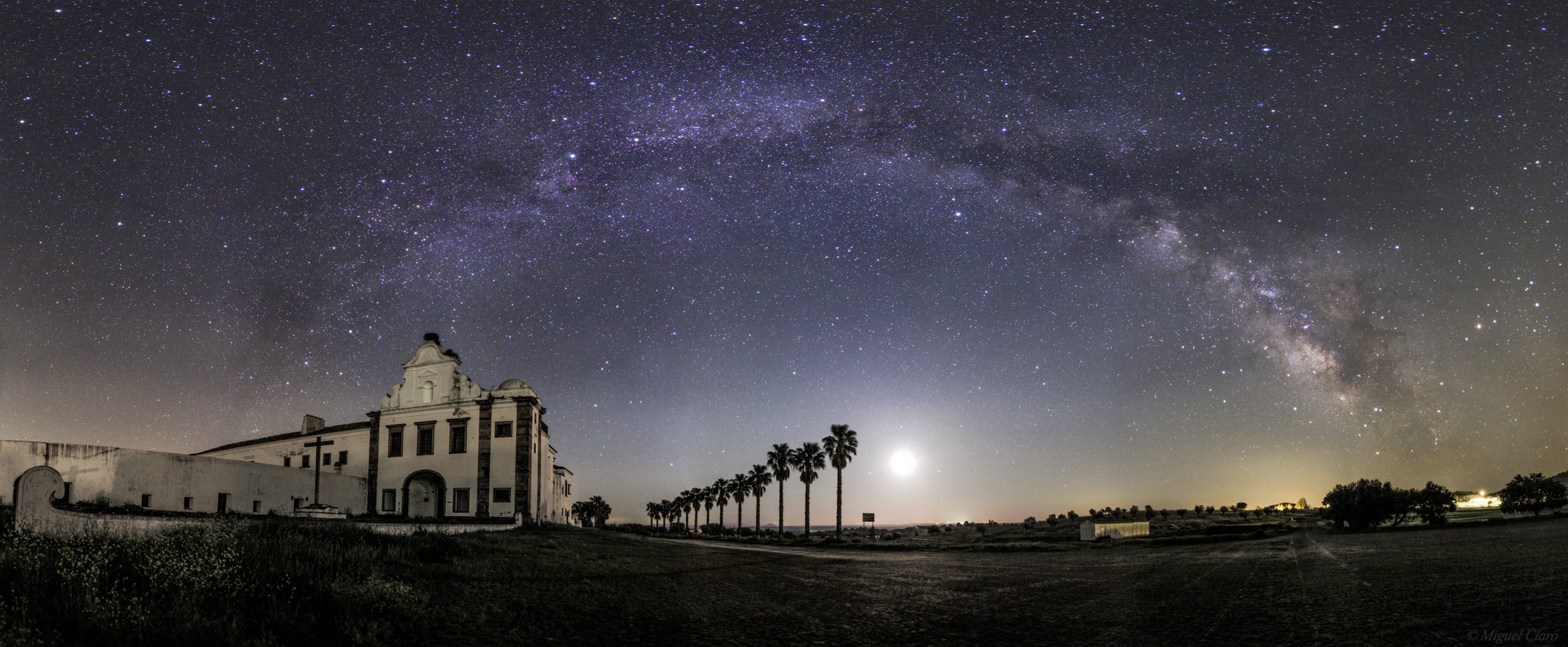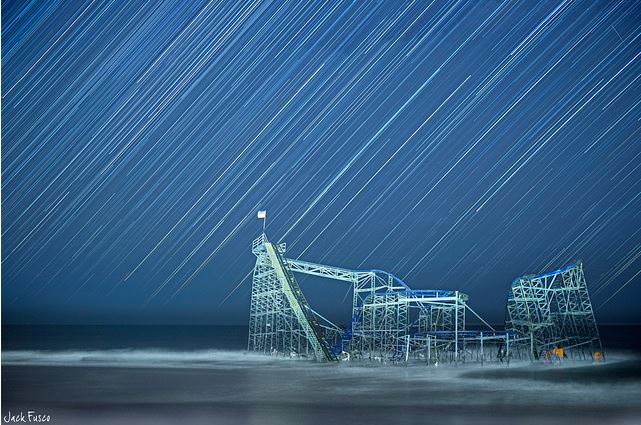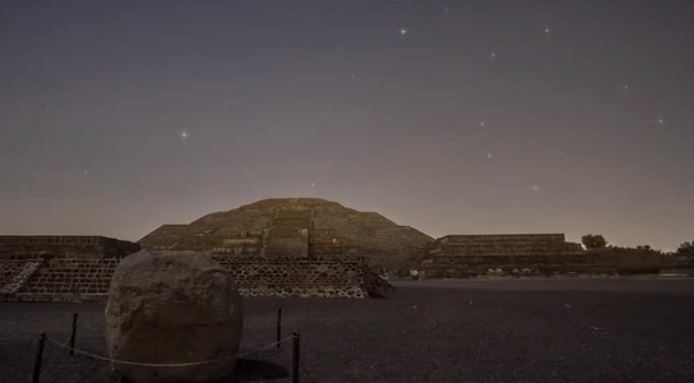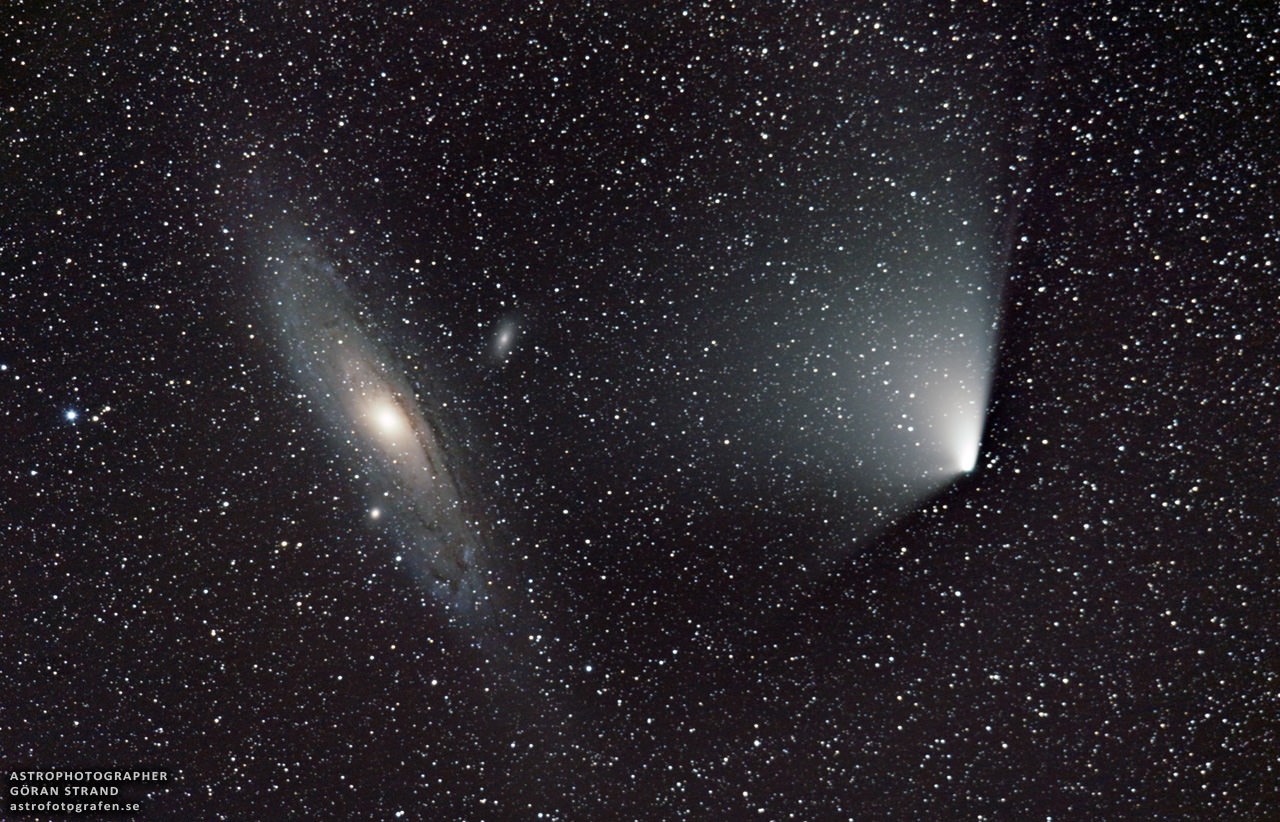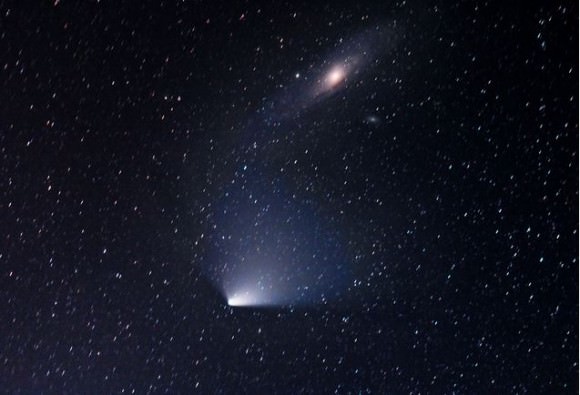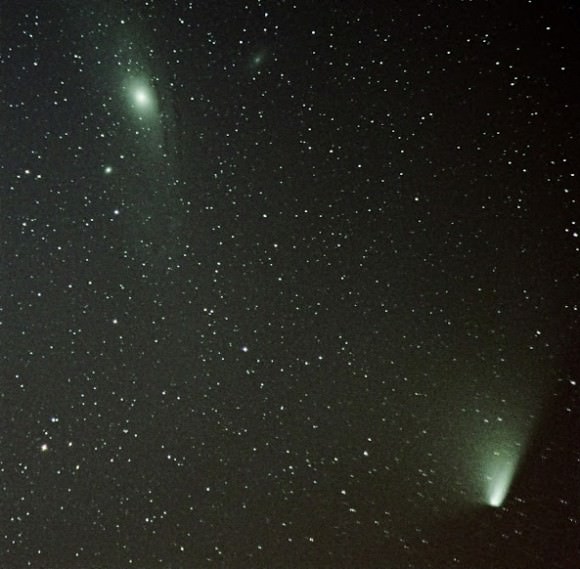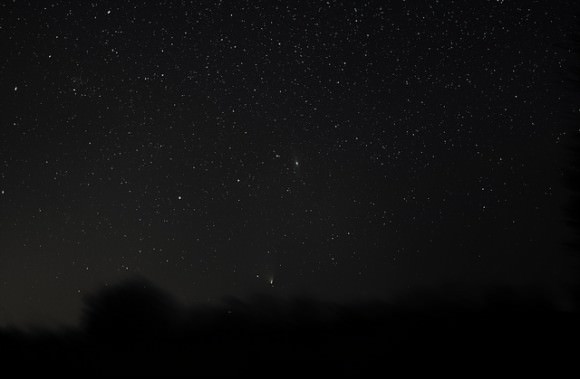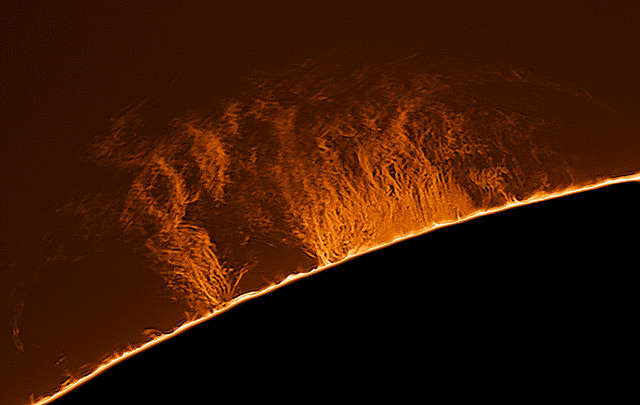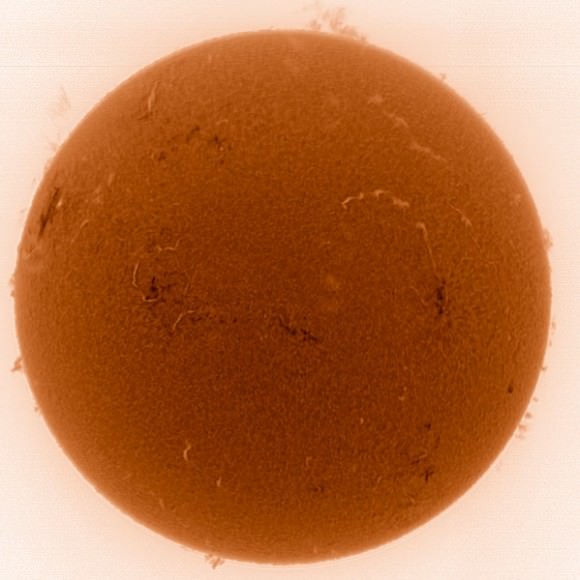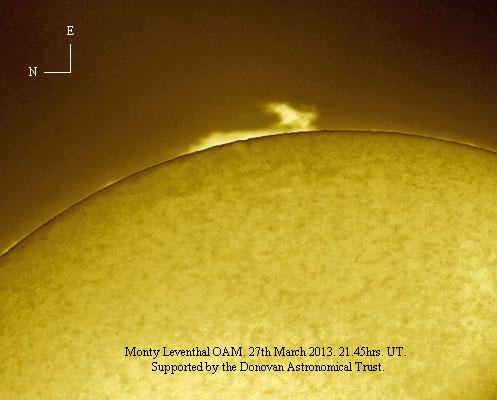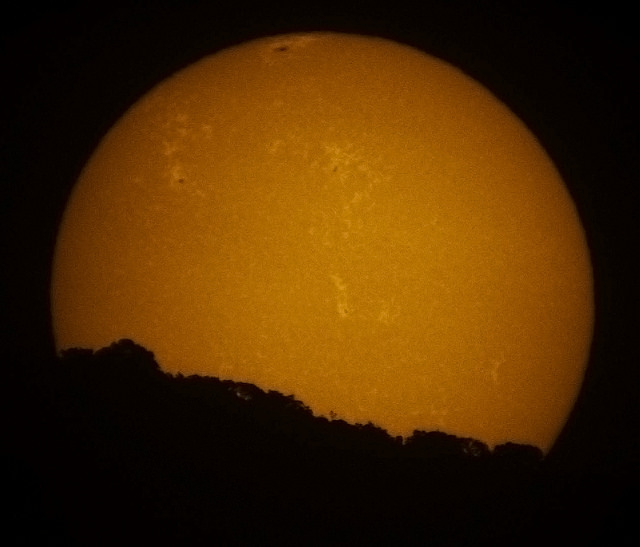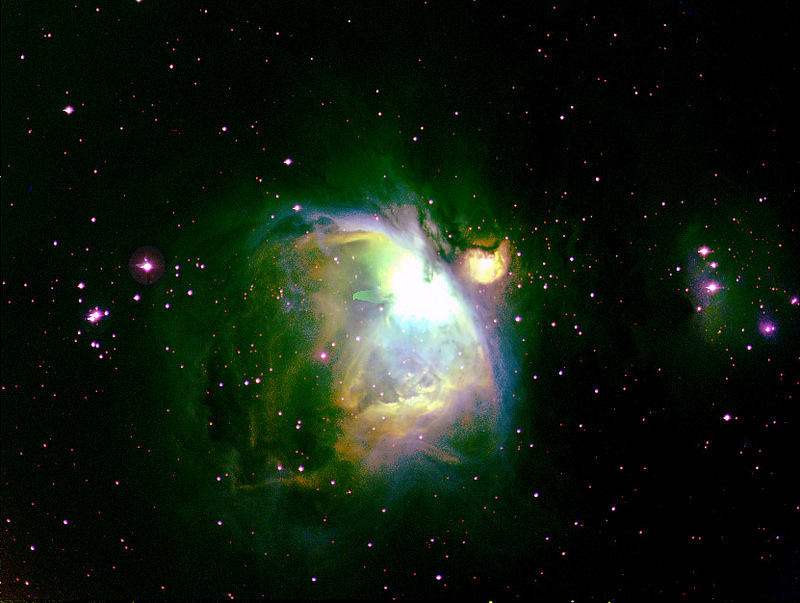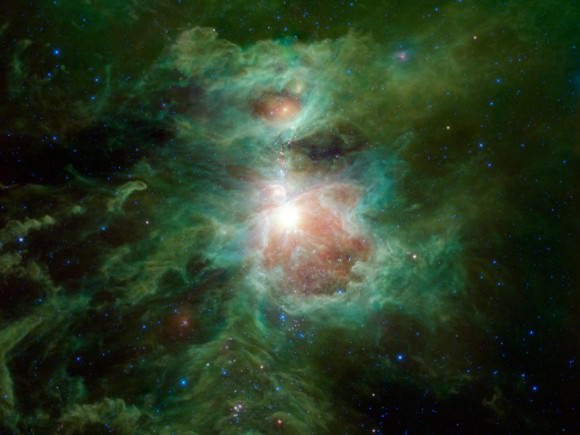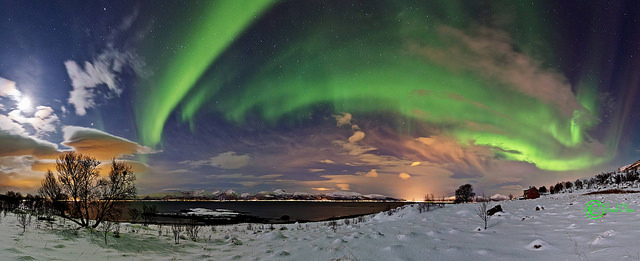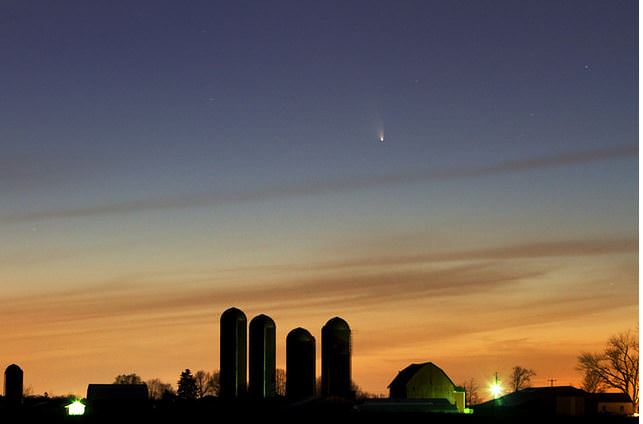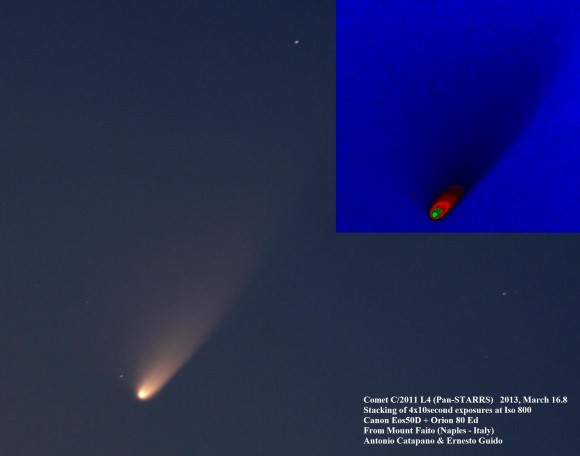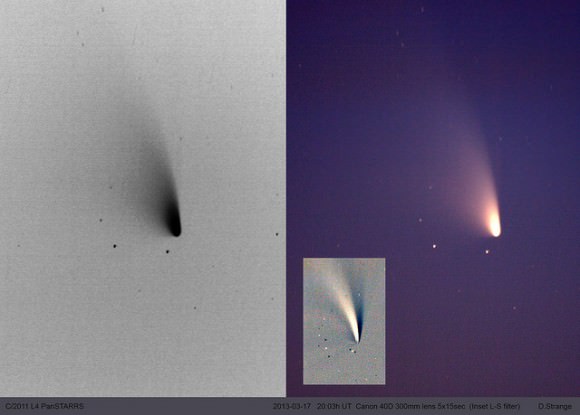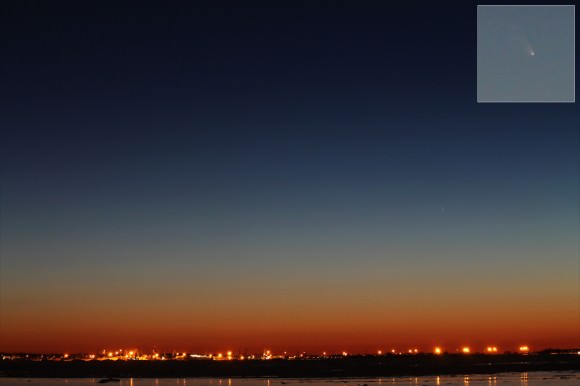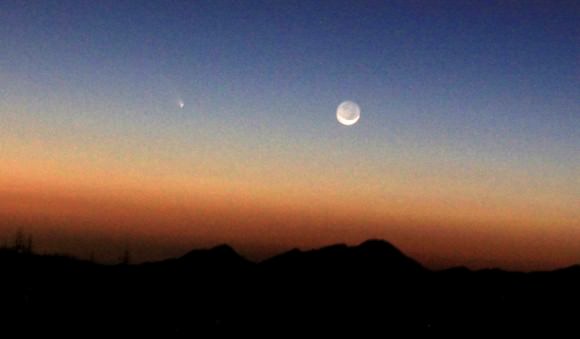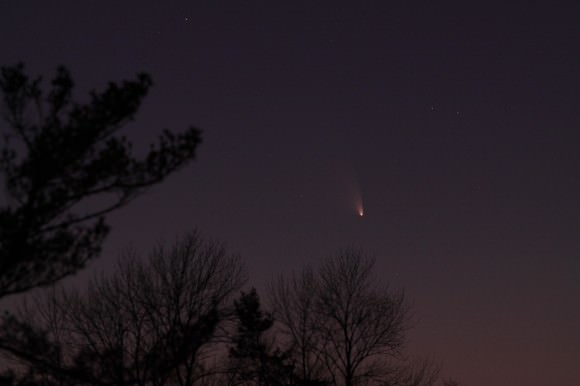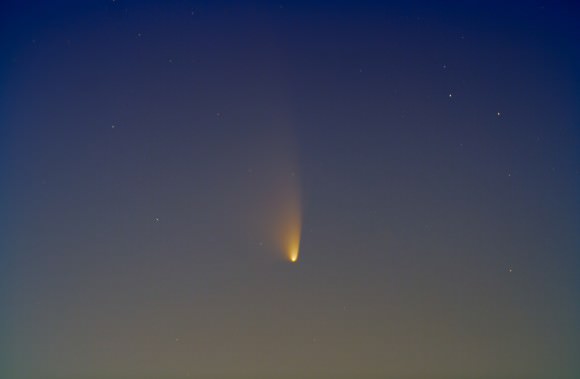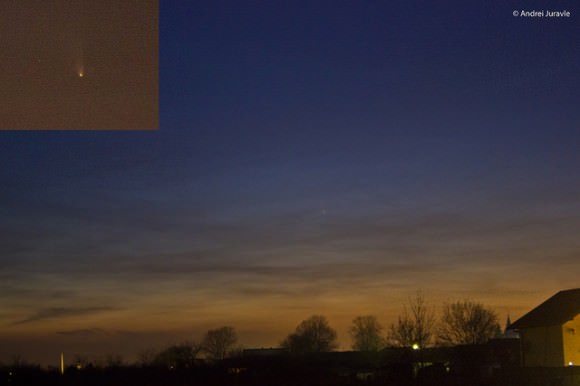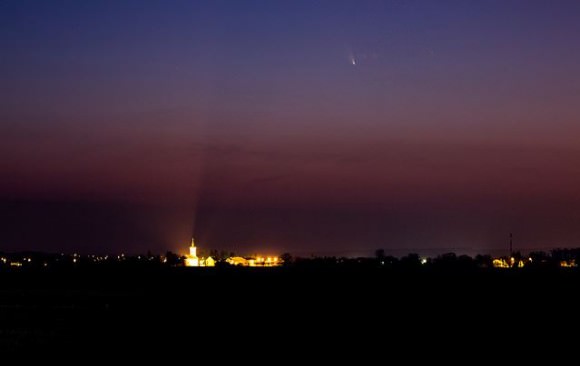Discovered on October 29, 1780 by Pierre Mechain, this active Seyfert galaxy is magnificent to behold in amateur equipment and even more so in NASA/ESA Hubble Space Telescope photographs. Located in the constellation of Cetus and positioned about 45 million light years away, this spiral galaxy has a claim to fame not only for being strong in star formation, but as one of the most studied galaxies of its type. Cutting across its face are red hued pockets of gas where new suns are being born and dark dustlanes twist around its powerful nucleus.
When Mechain first observed this incredible visage, he mistook it for a nebula and Messier looked at it, but did not record it. (However, do not fault Messier for lack of interest at this time. His wife and newly born son had just died and he was mourning.) In 1783, Sir William Herschel saw it as an “Ill defined star surrounded by nebulousity.” but would change his tune some 8 years later when he reported: “A kind of much magnified stellar cluster; it contains some bright stars in the centre.” His son, John Herschel, would go on to catalog it – not being very descriptive either.
Loading player…
This video zooms in on spiral galaxy Messier 77. The sequence begins with a view of the night sky near the constellation of Cetus. It then zooms through observations from the Digitized Sky Survey 2, and ends with a view of the galaxy obtained by Hubble. Credit:NASA, ESA, Digitized Sky Survey 2. Acknowledgement: A. van der Hoeven
At almost double the size of the Milky Way, we now know it is a barred spiral galaxy. According to spectral analysis, Messier 77 has very broad emission lines, indicating that giant gas clouds are rapidly moving out of this galaxy’s core, at several hundreds of kilometers per second. This makes M77 a Seyfert Type II galaxy – one with an expanding core of starbirth. In itself, that’s quite unique considering the amount of energy needed to expand at that rate and further investigations found a 12 light-year diameter, point-like radio source at its core enveloped in a 100 light year swath of interstellar matter. A miniature quasar? Perhaps… But whatever it is has a measurement of 15 million solar masses!
Deep at its heart, Messier 77 is beating out huge amounts of radiation – radiation suspected to be from an intensely active black hole. Here the “galaxy stuff” is constantly being drawn towards the center, heating and lighting up the frequencies. Just this area alone can shine tens of thousands of times brighter than most galaxies… but is there anything else hiding there?
“Active galactic nuclei (AGNs) display many energetic phenomena—broad emission lines, X-rays, relativistic jets, radio lobes – originating from matter falling onto a supermassive black hole. It is widely accepted that orientation effects play a major role in explaining the observational appearance of AGNs.” says W. Jaffe (et al). “Seen from certain directions, circum-nuclear dust clouds would block our view of the central powerhouse. Indirect evidence suggests that the dust clouds form a parsec-sized torus-shaped distribution. This explanation, however, remains unproved, as even the largest telescopes have not been able to resolve the dust structures.”
Before you leave, look again. Clustered about Messier 77’s spiral arms are deep red pockets – a sign of newly forming stars. Inside the ruby regions, neophyte stars are ionising the gas. The dust lanes also appear crimson as well – a phenomenon called “reddening” – where the dust absorbs the blue light and highlights the ruddy color. A version of this image won second place in the Hubble’s Hidden Treasures Image Processing Competition, entered by contestant Andre van der Hoeven.
Twistin’ the night away…
